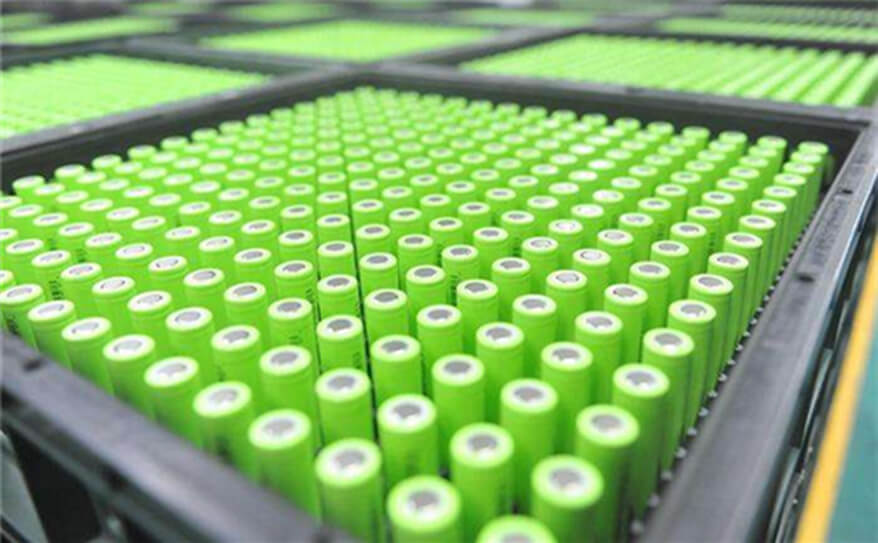How Long Will a LiPo Battery Last-Lifespan and Medical Equipment
Mar 23, 2020 Pageview:1632
The lithium-polymer battery, commonly known as LiPo battery, operates using the lithium-ion technology. That means it doesn’t work using the usual liquid electrolyte normally used in most batteries. These types of batteries are rechargeable, consequently, saves significant costs for its users.
These batteries are used particularly in products and devices where weight is a key characteristic. Such applications where weight already plays a particular role in functionality or acceptance. For instance, consumers prefer lightweight cell phones, so mobile phone companies have no choice than to use batteries that don't add weight to the phones -else, they will be out of business.
On this website previously, we have explained how to dispose of your LiPo batteries. So, in this article, we will discuss on the duration of time, before you start contemplating replacing your Lipo batteries.
In addition to physical damage, internal resistance (IR) is one of the most important factors indicating the state, performance, and health of your LiPo battery.
When should you replace your LiPo battery?
One of the factors to think of in other to decide when to replace your battery is the duration of usage after a charge. That us the duration of use, before another charge is needed. If you are lucky not to damage your LiPo battery before the battery reaches its end, it must have allowed an average lifespan of around 400 to 500 cycles.
Of course, that also largely depends on various factors, like the amount of "abuse" you put the battery through, and also, how you handle the battery daily.
While 500 cycles may seem like a lot, for those who fly Mini Quads or use health devices that drain similar energy, they will likely damage the quads or health device before the battery reaches that number.
Should you consider the expiry date?
There is no expiration date printed on LiPo batteries, but from general experience, new batteries certainly perform better and are more powerful than the old batteries. It doesn’t matter if they are not put to use, and are only left idle for a long time, new batteries will still outperform old batteries.
You are likely to find batteries of around 12 to 18 months old start exhibiting a significant drop in performance. If performance is of priority to you, you may want to replace these batteries as soon as they reach 2-3 years old, even if they look completely normal outside.
In other to know the date or time the battery reaches two years; it may be helpful to label the battery to know the date it was purchased.
Can you extend the lifespan of the LiPo battery?
There are some steps you can take to improve the lifespan of your Lipo battery. These steps will at the very least, reduce the speed at which the battery wears out. We will list a few of them below.
Most of the modern (and of course, good quality chargers) now come with integrated cell balancing capabilities. You should always use this function so you can determine the balance of your charger. Always use this function and be sure to select the "Balance" program on the charger. Monitor the voltages of the individual cells during the charging process as this provides an indication of the state of each cell in the pack.
As you use the battery, draw less than 60% of the battery’s maximum current. Your cell is sure to last longer If you can draw less than 60%.
As you use the battery, ensure it does not discharge beyond 80% of the capacity of the cell. Surely, you will increase the lifespan of the battery if you return less than 80% to the battery continuously. This will increase the lifespan of the cells. To know how long it takes to attain 80%, take note of the number of "mAh" you put back in the battery. And divide the number of "mAh" by the minutes of use to get an approximate number of "mAh" per minute. Then use that mAh/minute number to determine the number of minutes you can use the battery before reaching 80%.
Do not charge the battery packs above 10oC/50oF and also not below 0oC / 32oF.
Do not charge your batteries when hot. It may be fine to charge if it is warm, but not hot. Cool cells are best. So, let the battery cells cool before you start charging them.
Unlike the Ni-Cad cells, lithium-polymer cells have no "memory" and therefore must NOT be cycled. When cycled the voltage is reduced to 3.00V per cell, thereby reducing the life of the battery.
If you want to keep the LiPo cells for a long period (maybe more than a month), discharge the battery as usual. Then charge it to only 3.80 V/3.85 V per cell.
If the LiPo battery is discharged down to 3.30 V per cell or even less (meaning, there is no load), it will be damaged sooner than later and their lifespan will be reduced.
If you discharge your LiPo battery deep below 2.50 V per cell, they will be severely damaged, and their lifespan will be reduced.
Can you use the LiPo battery for medical equipment?
Lipo batteries can and are used in several applications including various medical equipment. Nowadays, the role of lipo batteries in health applications cannot be overemphasized. They are used in various medical applications that are increasingly important. These high-tech medical devices are used to monitor heart rate, physical or fitness activities, and circadian rhythm, etc. These medical devices need to be portable and comfortable to be used and most rely on the ease and lightweight of lipo batteries to run. This helps to simplify our lives and also improves the quality of living.
Lipo batteries are flexible to use because they can be made into any shape needed for the application it will be used in. There are Round lipo batteries, cylindrical lipo batteries, curved lipo batteries, etc. These batteries also come in different sizes and capacities.
They can be used in any and many health devices. These include, but are not limited to; telephone and accessories, high-tech or smart design, Health and fitness equipment or devices. These devices include Electronic Toothbrush, Massage Tuner, smartest bike lock, palmtop computer, Automatic pipette, smart bra, wireless earbuds, Health Tracking Headband, blood sugar indicators, insulin pump, Electronic Shaver in a car, body fat monitors, dosing system, blood pressure devices, thermometers, veterinary medicines, and so on.
- Prev Article: Water on Lithium Battery Fire-Using and Fixing
- Next Article: Lithium Batteries for Off Grid Solar System-Cycle Life and Price
Leave Message
Hottest Categories
-
Hottest Industry News
-
Latest Industry News














